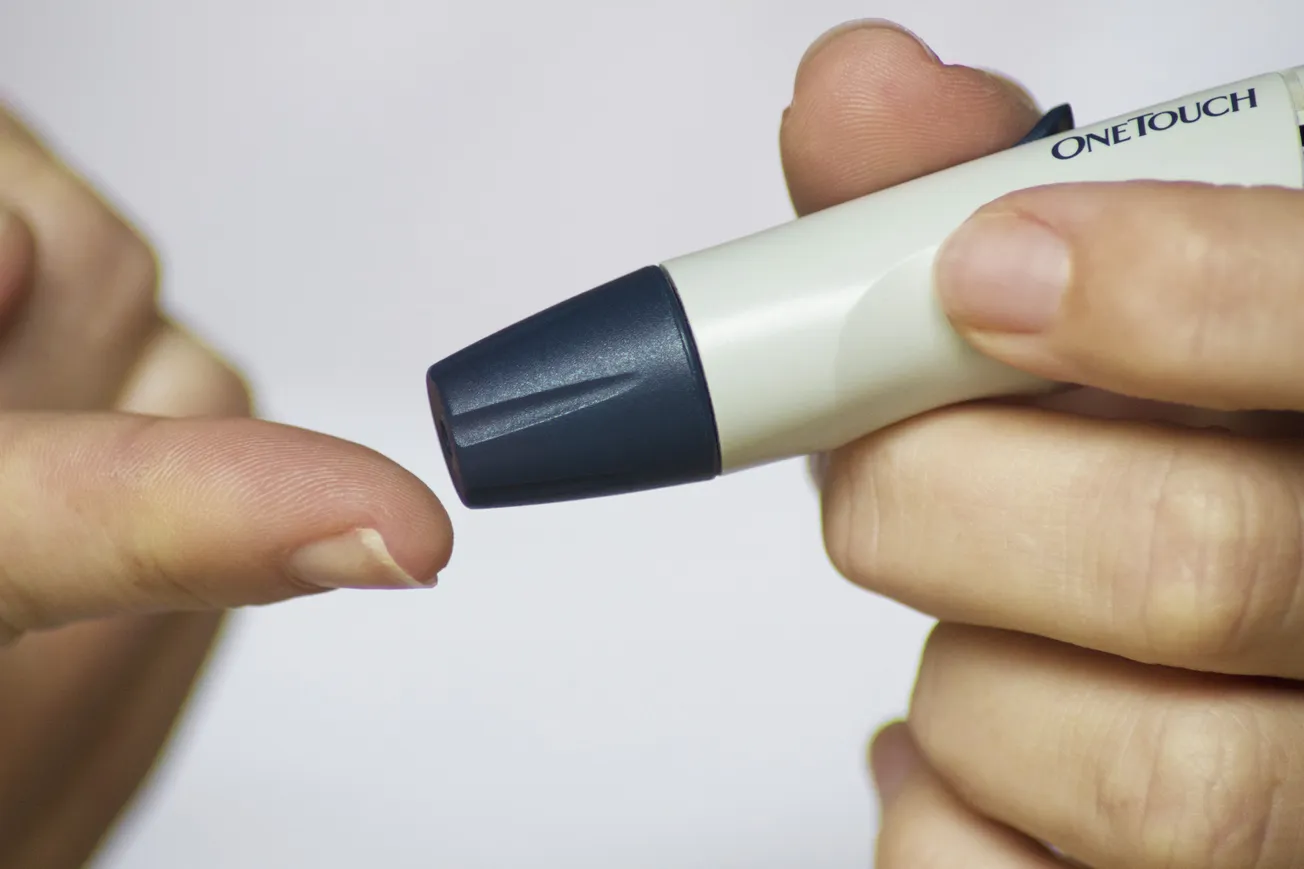Adults with diabetes have a two- to three-times increased risk of early death compared to individuals without diabetes. Leaving diabetes uncontrolled can damage the kidneys, eyes, nerves and heart. Our new study published in JAMA Internal Medicine found that less than one in four American adults diagnosed with diabetes reach the care targets recommended by the American Diabetes Association. Moreover, efforts to reach care targets have not made headway since 2005 — these are startling statistics.

Pooyan Kazemian
Advances in diabetes care can meaningfully improve these statistics, but only if they effectively reach populations at risk. Developing new drugs, tools and technology is critical, but we need to make sure they effectively reach patients with diabetes for them to make a difference. Our findings suggest these new advances and innovations have not reached the U.S. population at large.
In this recent study, we used nationally representative survey and examination data from the Centers for Disease Control and Prevention (CDC) from 2005 to 2016. We found that more than one in four U.S. adults with diabetes are not diagnosed, and therefore are not receiving appropriate care. Among U.S. adults with diagnosed diabetes, only 23% reach targeted goals. We also found certain populations demonstrated persistent disparities in meeting diabetes care targets over the study period, including adults between the ages of 18 and 44, women and nonwhite adults.
The general consensus regarding major goals of diabetes treatment are achieving glycated hemoglobin (HbA1c), blood pressure (BP), low-density lipoprotein (LDL) cholesterol treatment targets and promoting smoking cessation. While numeric treatment targets have shifted slightly over the last decade, these overall approaches have not.
Our findings indicate an immediate need for better approaches to diabetes care delivery and policy-level initiatives to address socioeconomic disparities. While there are often reasons why individuals may not achieve care goals, on a population level, we are not where we need to be. Health systems and insurers will continue to support practice infrastructure and pharmacy benefit design to favor goal attainment. More frequent diabetes screening, expanded access to care, and health insurance and interventions to improve patients’ adherence to medication and reduce clinical inertia should remain strategies to improve diabetes outcomes. Newer drug delivery systems such as those developed by Intarcia Therapeutics can be critical to increase patients’ adherence to medication and improve health outcomes.
Moreover, we should continue monitoring the achievement of diabetes care targets on a national level, because it can help to monitor progress and motivate patients and care providers to work toward achieving treatment targets and improving population-based outcomes. For instance, in Minnesota, continuous monitoring of health care quality and clinic-level performance through annual reports has contributed to sustained improvements in meeting care targets. Barriers to accessing health care, including lack of health insurance and high drug costs, remain major factors that have not been adequately addressed on a population level. Our study demonstrated that insurance coverage has been the strongest indicator of diagnosis, linkage to diabetes care and achievement of diabetes treatment targets in the past 15 years. By making health care more affordable, accessible and efficient, we can take an important step toward improving diabetes treatment outcomes in the U.S.
Pooyan Kazemian is a faculty member in the Department of Medicine at Harvard Medical School, and a research scientist in the Division of General Internal Medicine at Massachusetts General Hospital.









